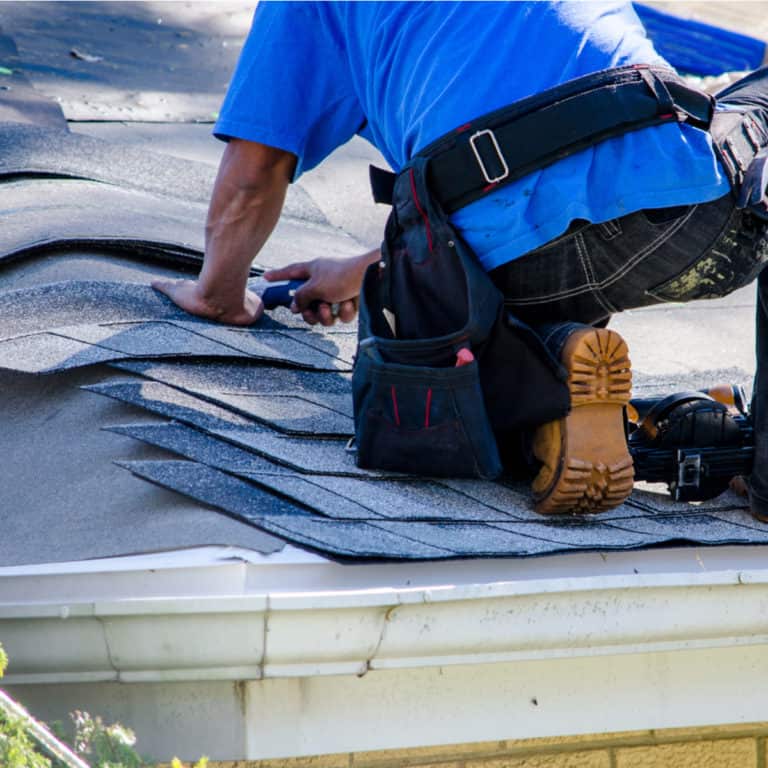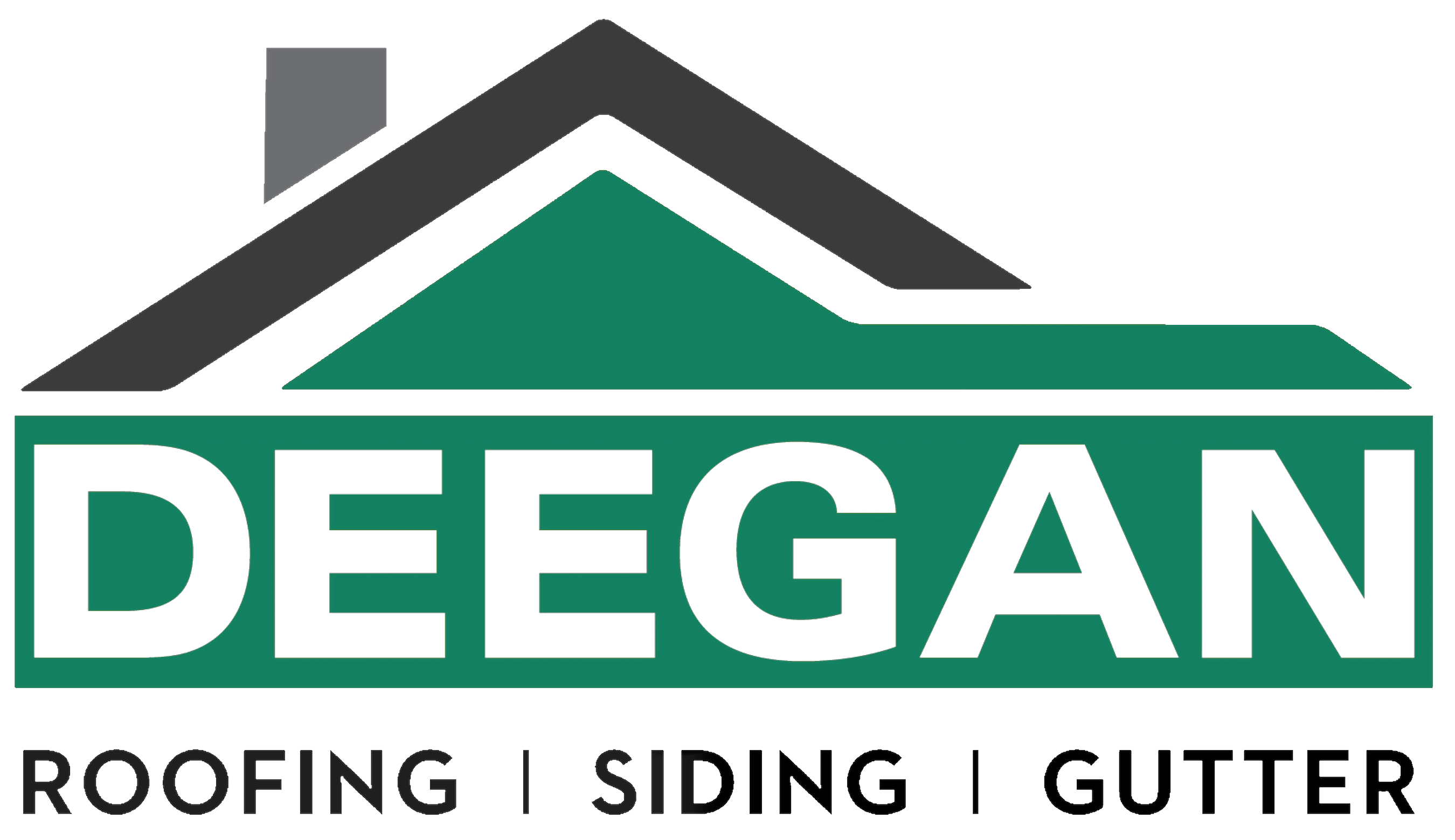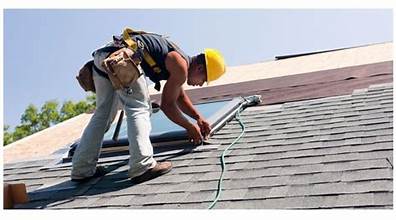As the leaves begin to turn and the temperatures drop, it’s time to turn your attention to home maintenance tasks that help prepare your home for the coming colder months. Among these tasks, roof maintenance is essential to ensure your home is protected from harsh fall and winter weather. Understanding the signs that you need roof repairs this fall can help you avoid costly damage down the road.Your roof is one of the most crucial components of your home’s structure, and it’s exposed to the elements year-round. Over time, wear and tear can lead to issues that, if left unaddressed, may result in leaks, water damage, and even structural problems. Here are the top signs that indicate you need roof repairs this fall.
Signs That You Need Roof Repairs This Fall I NJ Roofing Services
1. Missing or Damaged Shingles
One of the most obvious signs that you need roof repairs this fall is the presence of missing, cracked, or curling shingles. Shingles act as the first line of defense against the weather, and when they are damaged or missing, it compromises the roof’s ability to protect your home. Strong winds, heavy rain, and falling debris can cause shingles to become dislodged or break apart over time. During the fall, it’s important to inspect your roof and replace any damaged or missing shingles to prevent moisture from seeping through the roof’s underlayers.
2. Granules in the Gutters
If you notice granules accumulating in your gutters or downspouts, it could be another indication that your roof needs attention. Asphalt shingles lose granules as they age, and while some loss is normal, an excessive amount could mean that your roof is nearing the end of its life. These granules help protect the shingles from the sun’s UV rays, and without them, the shingles can become brittle and more prone to damage. Granule buildup in your gutters is one of the early signs that you need roof repairs this fall, and addressing it sooner rather than later can save you from larger, more expensive issues down the road.
 3. Water Stains on Ceilings or Walls
3. Water Stains on Ceilings or Walls
Water stains inside your home are a sure sign of a leak, and it’s critical to address them before the problem gets worse. Fall is a great time to check for any signs of water damage, especially after a heavy rain. If you notice discoloration or staining on your ceilings, walls, or in your attic, it could mean that water is making its way into your home through a compromised roof. While small leaks might seem insignificant, they can lead to mold growth, wood rot, and more extensive structural damage if not repaired promptly. Therefore, any water damage you spot is a clear signal that you need roof repairs this fall.
4. Sagging Roof or Decking
A sagging roof is a serious issue that requires immediate attention. This problem can be caused by water damage, weakened structural components, or excess weight from accumulated snow or ice. If your roof or the decking beneath it appears to be sagging, this is one of the more severe signs that you need roof repairs this fall. Ignoring this problem could result in a roof collapse, putting your home and family at risk. It’s important to consult with a roofing professional as soon as possible to assess the extent of the damage and determine the best course of action.
5. Flashing Damage
Flashing is the material that seals the seams and joints around roof features such as chimneys, vents, and skylights. Over time, flashing can deteriorate or become loose, leading to leaks in these vulnerable areas. In particular, the fall season brings rain and moisture that can find its way into your home if the flashing is not intact. Damaged or missing flashing is one of the most common signs that you need roof repairs this fall and should not be ignored, as even a small amount of moisture can cause significant damage over time.
6. Moss or Algae Growth
Moss and algae growth on your roof may seem like a cosmetic issue, but it can actually lead to more significant problems. Moss tends to retain moisture, and when it grows on your roof, it can cause shingles to deteriorate. Over time, this trapped moisture can penetrate the roofing materials, leading to leaks and water damage. If you notice moss or algae growth, it’s one of the subtle signs that you need roof repairs this fall. Cleaning the roof and removing the moss can help preserve its integrity, but in some cases, repairs or even replacement may be necessary.
7. Increased Energy Bills
If you’ve noticed that your energy bills have been creeping up, it could be due to an issue with your roof. A damaged roof can allow air to escape, causing your heating system to work harder to maintain a comfortable indoor temperature. This is particularly noticeable in the fall, when you start using your heating system more frequently. Poor insulation, leaks, or compromised shingles can all contribute to energy inefficiency. If your energy costs are rising unexpectedly, it may be a sign that your roof needs repairs to restore its energy efficiency.
8. Age of the Roof
The age of your roof is another important factor to consider when assessing whether repairs are needed. Most roofs have a lifespan of 20 to 25 years, depending on the materials used. If your roof is approaching or has exceeded this age, it’s more susceptible to damage from the elements, and routine maintenance may not be enough to keep it in good condition. Even if you don’t notice any obvious issues, an older roof should be inspected by a professional to determine whether it needs repairs or replacement. An aging roof is one of the signs that you need roof repairs this fall, as it’s more likely to fail during the colder months.
Being aware of the signs that you need roof repairs this fall can help you protect your home from costly damage and maintain its value. Whether it’s missing shingles, water stains, or moss growth, addressing these issues promptly can prevent more significant problems down the road. Fall is the perfect time to inspect your roof and make any necessary repairs before the arrival of winter’s harsher weather. If you’re unsure about the condition of your roof, don’t hesitate to contact a professional roofer who can assess the situation and provide expert guidance on the best course of action.

